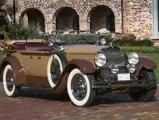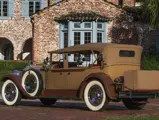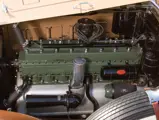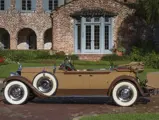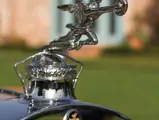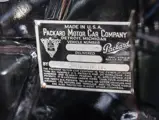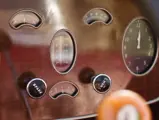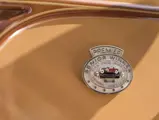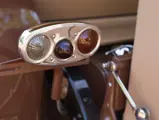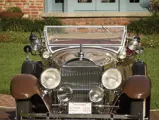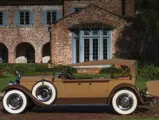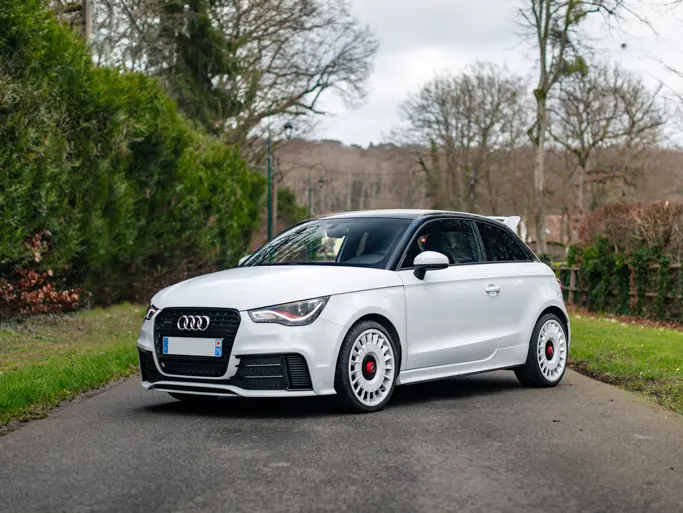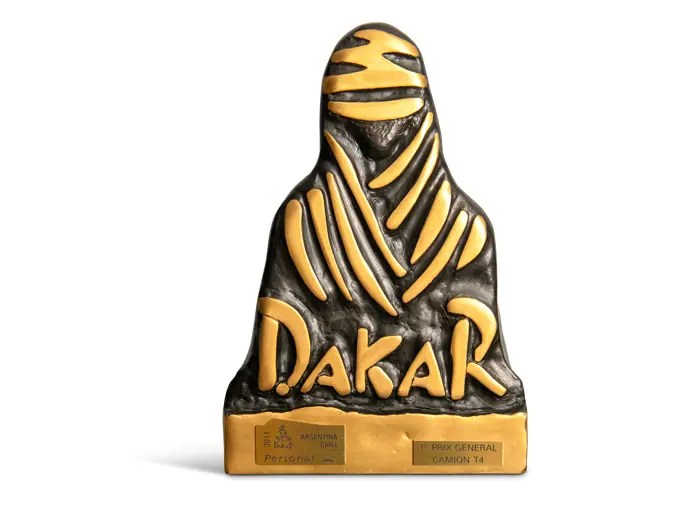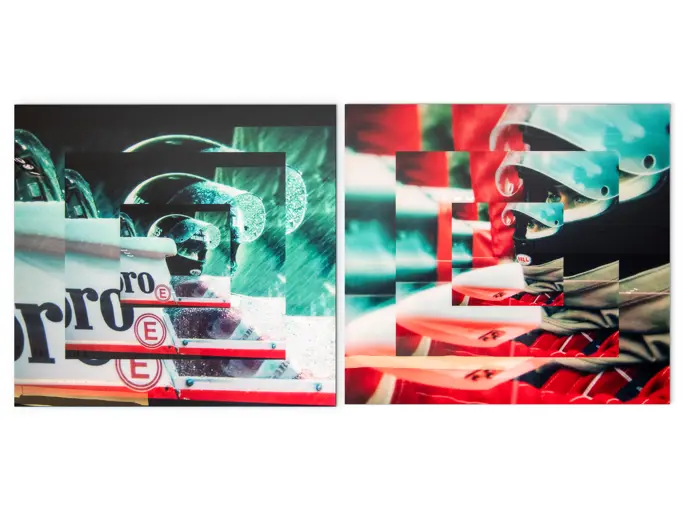St. John's 2013
1929 Packard Custom Eight Sport Phaeton
{{lr.item.text}}
$129,250 USD | Sold
 | Plymouth, Michigan
| Plymouth, Michigan
{{internetCurrentBid}}
{{internetTimeLeft}}

- A handsome Classic Era Packard
- Equipped with numerous accessories
- Ideal for open-air touring
Series 640. 120 bhp, 384 cu. in. L-head straight-eight engine, three-speed manual transmission, front and rear semi-elliptic leaf spring suspension, and four-wheel servo-assisted mechanical drum brakes. Wheelbase: 140.5 in.
With the Packard name long retired, it is difficult today to remember the degree to which Packard dominated the fine car segment. Throughout most of the Classic Era, Packards outsold all its competitors, including Lincoln, Cadillac, and Pierce-Arrow combined.
Nonetheless, the market was changing in the late 1920s. Although Packard’s 1928 production totaled an all-time record of 49,698 cars, the vast majority, more than 41,000 cars, were the less expensive six-cylinder cars. This was not a reflection of economic weakness; rather, it represented the result of offering a more affordable Packard to an increasingly affluent marketplace that was enjoying an unprecedented boom. The old money, however, remained faithful to Packard’s top of the line Deluxe Eight.
The year 1929 remains, even today, infamous as the year the stock market collapsed. Ironically, despite the crash, it was a banner year for the economy; the negative economic side effects wouldn’t be felt for a few years to come. It was this delayed reaction that ensured that car manufacturers, particularly in the luxury sector, would continue to concentrate on strengthening their product offering to the upper segment of the market.
Earlier in 1929, before the stock market crashed, Packard introduced the Model 640 and 645 “Deluxe Eight,” a chassis specifically designed for the extravagant custom and semi-custom bodies of the time. These long wheelbase cars, with their long hoods and their strong and silent nine main bearing engines, have come to be regarded by collectors as the ultimate examples of Packard’s Sixth Series cars.
Several improvements meant Packard’s Sixth Series cars were a cut above the previous year’s Packard lineup, as well as the competition. The suspension featured a shock-absorbed “loose trunion” suspension system that was remarkably similar to what one might find on a modern day automobile. This development led to the design of a rocker mount held in place by four short compression springs; road shock was absorbed by the forward and backward movement of this loose trunion.
Other mechanical improvements included moving the coolant temperature gauge from the radiator filler cap to an easy-to-read gauge on the dashboard, as well as the addition of an automatic cylinder oiler, which helped to prevent unnecessary wear caused by dry startups. Interior room was increased when the shift lever was moved from the top of the transmission casing to the bell housing.
The Sport Phaeton offered here is recorded by its cowl tag as having been delivered by Earle C. Anthony Inc., the famed Packard dealership in Los Angeles. It is a recipient of an older restoration in a subtle and attractive two-tone khaki and features red leather upholstery and a tan canvas top as an elegant counterpoint. It appears as these cars must have when new, rolling through the estates of their owners. Numerous, interesting, jewel-like accessories include polished disc wheels shod in wide whitewall tires, Packard’s famous “doughnut catcher” hood ornament, cowl lamps, dual spotlights, wind wings, and dual driving lights. This car is simply made for touring, or simply relaxing drives in the country, with traditional Packard elegance and silence on one’s side.

